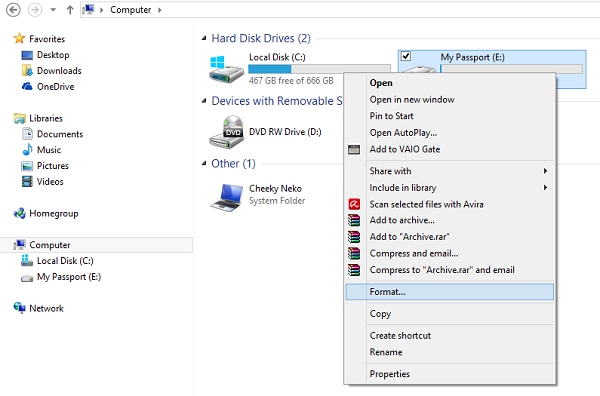How To Format Hard Drive For Mac
So, you just bought an external hard drive and wanted to use it on your Mac. But somehow, macOS doesn't allow you to write data to the drive.

That's all because it's been initialized with Windows NT File System (NTFS), which is primarily for PCs. Apple Mac machines support a different file system.
In this post, I'm going to show you how to format your external drive for a Mac compatible file system i.e. Mac OS Extended (Journaled). Just follow this easy step-by-step guide and you're all set. Important note: If you have useful files stored on the external drive, be sure to copy or transfer them to another safe place prior to formatting. The operation will erase all data and your files will be gone for good.
You could use a recovery program like to retrieve them, but the odds of recovery vary. Pro tip: If your external drive has a large volume, like mine -- a 2TB Seagate Expansion -- I highly recommend you also create multiple partitions. I'll also show you how to do that below. Most External Hard Drives Are Initiated with NTFS During the last several years, I've used several removable drives, including a 500GB WD My Passport, 32GB Lexar flash drive, and a few others. Three weeks ago, I bought a brand new to backup my MacBook Pro before I updated to the latest macOS, 10.13 High Sierra (also see I encountered). When I connected the Seagate to my Mac, the drive icon showed up like this. What is NTFS?
• Copy embed code. • Go back to PowerPoint and paste the embed code in the window. 
I'm not going to explain here; you can read more on. The problem is that on macOS, you can't work with files saved on an NTFS drive unless you use a paid app. How to Format an External Drive to Work with Mac (from NTFS to Mac OS Extended)?
Note: The tutorial and screenshots below are based on macOS Sierra 10.12.5. They might be different if your Mac has a different version. Step 1: Open Disk Utility. The quickest way to do this is a simple Spotlight search (click the search icon on the upper right corner), or go to Applications > Utilities > Disk Utility. After clicking 'Partition', you'll see this window. Located on the left is a big blue circle with the name of your external drive together with its volume size. What you need to do next is click the add '+' button to increase the number of partitions on your external disk.
How To Format Hard Drive For Mac And Pc
Click the icon for your external hard drive in the sidebar on the left. Download sql for mac. Click the Erase tab along the top of the window. Error -19703 outlook for mac. From the Volume Format menu, choose Mac OS Extended (Journaled). Enter a name for the external hard drive in the Name field. Click the Erase button. Learn how to use macOS Recovery to reinstall the Mac operating system on your built-in drive or an external drive. Reinstall from macOS Recovery macOS Recovery makes it easy to reinstall the Mac operating system, even if you need to erase your startup disk first.